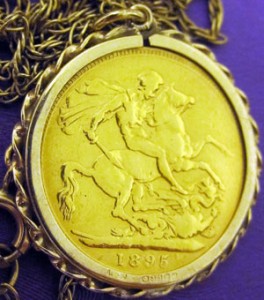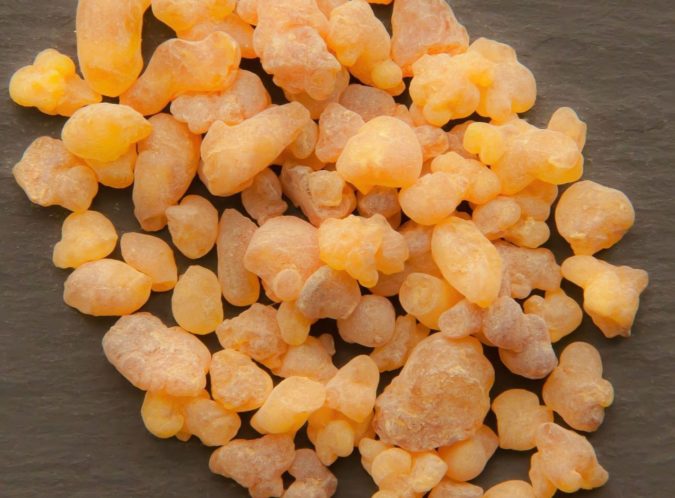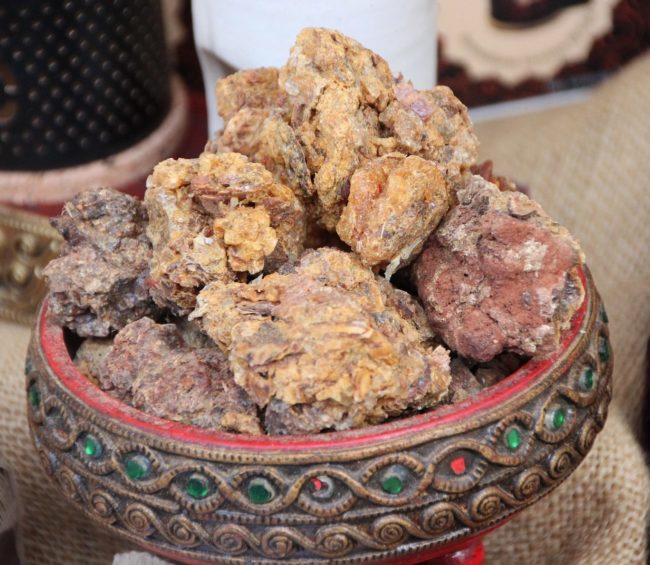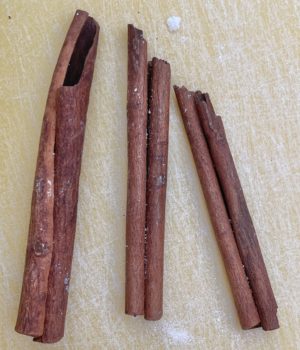Bearing gifts

According to some interpretations of the bible, the Magi or ‘wise men’ travelled from afar bearing gifts of gold, frankincense and myrrh to present to the infant Jesus. The meaning and significance of these gifts has been debated over the years. One things is clear - all were valuable materials as might have been presented to a king or deity. Together with spices, frankincense and myrrh moved through ancient trade routes for thousands of years.
Gold is a relatively rare element and as such is a precious metal that has been used for jewellery and coinage throughout recorded history. It is a noble metal, that is it is relatively unreactive, resisting attack by most acids - with the exception of aqua regia, a mixture of nitric and hydrochloric acids.
But what of frankincense and myrrh? Their origins are not geological as both are plant products. They come from a group of plants known as the Torchwood family or the Burseraceae. These are trees or shrubs that have prominent resin ducts / canals. The resin ducts are tubes, surrounded by cells which produce and secrete a resin into the canals / ducts. The resin is viscous, ’antiseptic’ and aromatic (often smelling of almonds) and helps to prevents microbial attack (and may deter wood boring insects).

Frankincense comes from trees of the genus Boswellia. Nearly all species of this genus have a bark that produces an aromatic sap but it is B. sacra, (also known as the olibanum tree) that is the main source of frankincense (from its papery, peeling bark). It is found in Somalia, Yemen and Oman, often growing in relatively inhospitable places.
To obtain the resin, the bark of the tree is cut and resin seeps out and is collected, rather like the tapping of a rubber tree. The trees do not produce resin until they have reached a certain maturity and over-exploitation of the trees can lead to their death. The seeds from heavily tapped trees are less likely to germinate than those from trees that have not been ‘drained’ of resin. All Boswellia species are threatened by habitat loss, over-exploitation, and damage by long horn beetles.
What is Frankincense used for? The word derives from the Old French ‘franc encens’ meaning high quality incense. Many tonnes of frankincense are traded each year and are used in religious ceremonies, and in the making of perfumes and natural medicines. In ancient times, the Egyptians used it in the process of mummification, it was added to the body cavities together with natron (a mixture of sodium salts). The resin has also been used in traditional Chinese medicine for its antibacterial properties and ‘blood moving’ properties.
Like Frankincense, myrrh is a resin harvested by wounding the bark of a tree. The bark is a silvery grey, and the twigs are quite spiny (see image). The resin that exudes is ‘waxy’ and quickly congeals becoming hard and glossy, darkening as it ages. The tree in question is Commiphora myrrha. It is found in north east Africa - Somalia, Yemen, Eritrea and parts of Saudi Arabia. The related Commiphora gileadensis, native to Israel, Palestine and Jordan, is also accepted as an alternate source of myrrh.
Myrrh has been used as an antiseptic in mouthwashes, and as a constituent in salve / ointment for skin abrasions, bruises and sprains. It has also been used in perfumes and as a special flavouring for wine. Like frankincense, it was used in making incense❋ and in the preparation of bodies for mummification / embalming.

In Exodus [30:22-24], God said to Moses to take the best spices and liquid myrrh to make a holy anointing oil. Anointing oil is still used in certain ceremonies / rituals of both Eastern Orthodox and Western Churches. In some cultures, it can be used to ‘fumigate’ or refresh a house, giving a warm, earthy and balsamic odour. It is also said that myrrh is a powerful detoxifier, can lower cholesterol and stabilise blood sugar levels.
Both frankincense and myrrh were extensively traded in ancient and more recent historic times, along with various spices (such as cinnamon, ginger and nutmeg) across the Mediterranean and Arabian peninsula, through to India. Interestingly, in Ancient Rome, myrrh was priced at five times the cost of frankincense.
❋ Incense can be made from various aromatic plant materials that produce a scent. The actual ingredients used vary by region / area. Apart from frankincense and myrrh, incense may contain
- cinnamon
- musk
- patchouli (from a plant of the mint family)
- sandalwood.

Many thanks to Pixabay for images of frankincense and myrrh (Leo_65, xbqs42 et al))
.
Comments are closed for this post.
